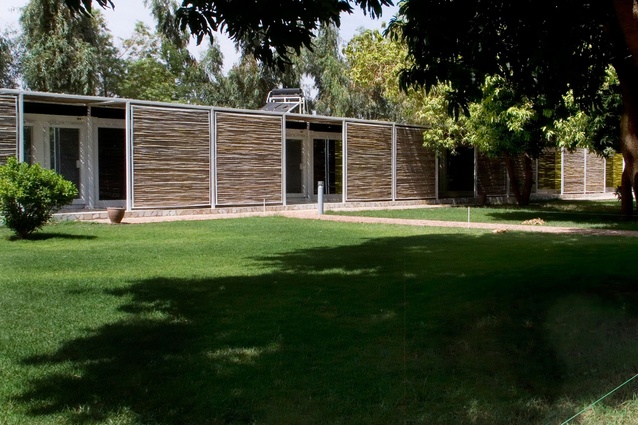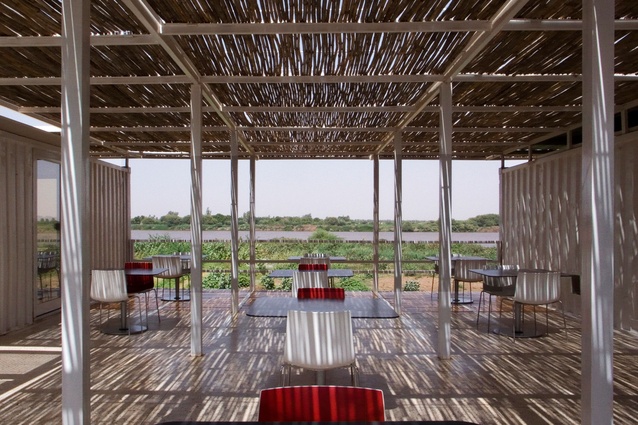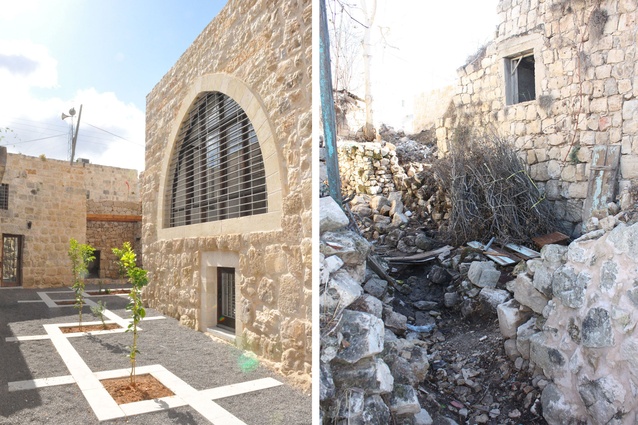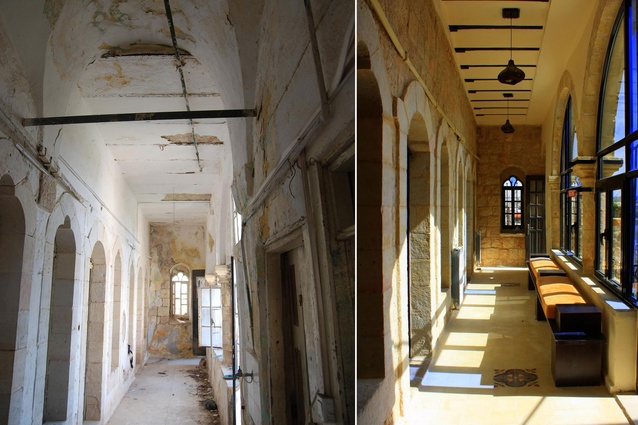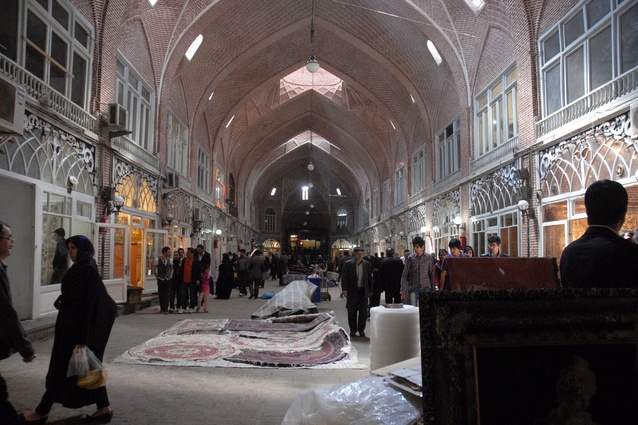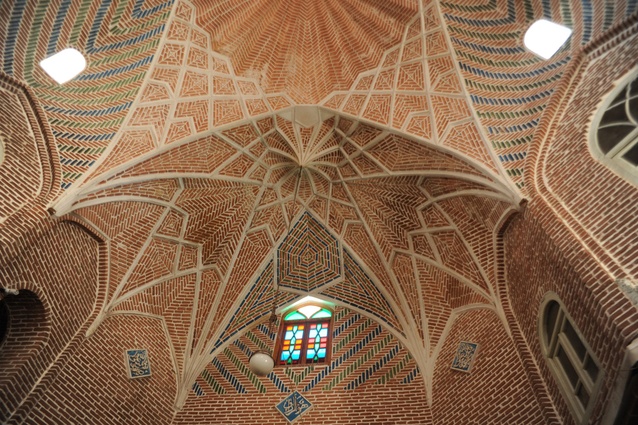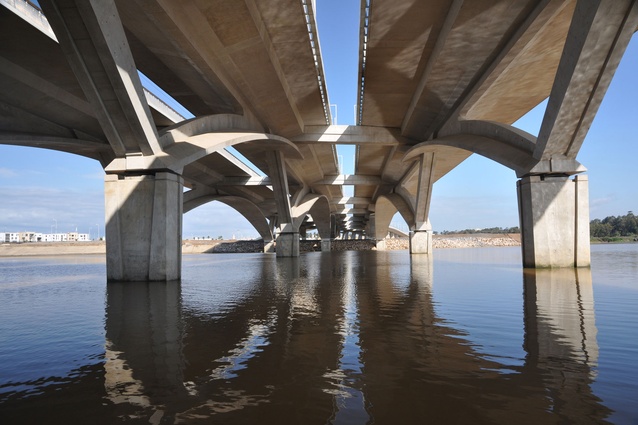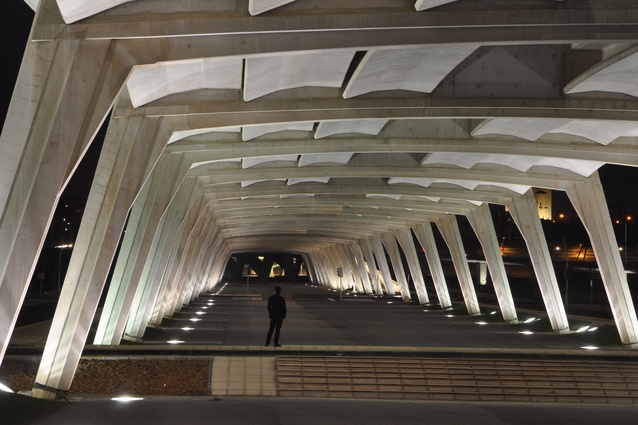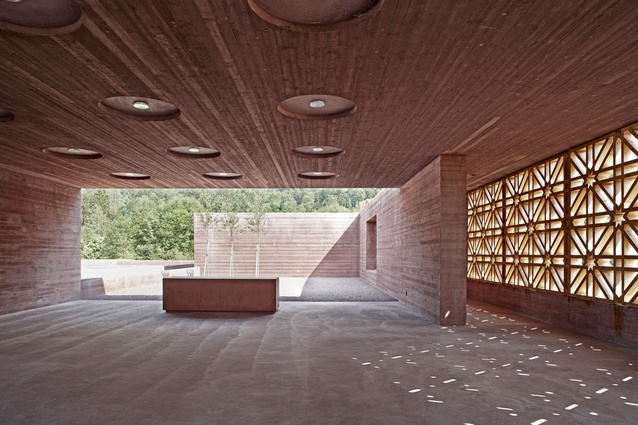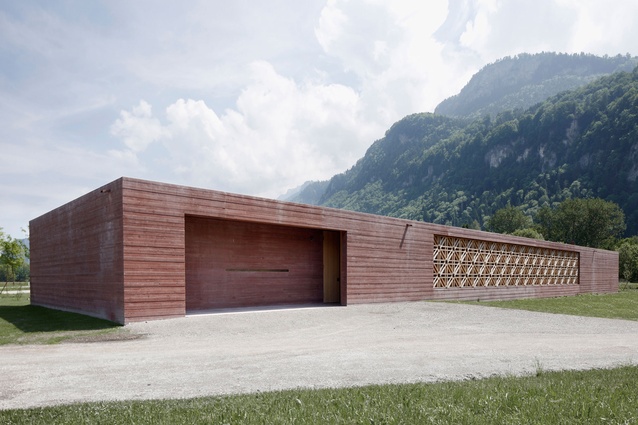Aga Khan Award for Architecture winners
Established in 1977, the Aga Khan Award for Architecture aims to identify and reward architectural concepts that successfully address the needs and aspirations of Islamic societies in the fields of contemporary design, social housing, community development and improvement, restoration, reuse and area conservation, as well as landscape design and improvement of the environment. The award is presented to multiple recipients every three years.
The winners for 2011-2013 are:
Salam Centre for Cardiac Surgery – Khartoum, Sudan
Studio Tamassociati
The jury had this to say: “Intimately linked to the surrounding nature, the “self-build” project facilitates an environment of clarity and healing, while providing the fundamental human right of health, free of charge to all. Following a bottom-up design process, this complex project evolved successfully by creatively engaging all its local, political, social, topographical and aesthetic specificities without sacrificing its vision for excellence and function. The hospital also provides an exemplary prototype for the region as well as for the field.”
Revitalisation of Birzeit Historic Centre – Birzeit, Palestine
Riwaq – Centre for Architectural Conservation
The jury noted: “The Revitalisation of Birzeit Historic Centre is a dynamic project in which the NGO of Riwaq succeeds in mobilising stakeholders and local craftsmen into a process of healing that is not merely physical but that is social, economic and political. By reversing a process of neglect and erasure within a complex and difficult political context, the project manages to transform not only a neglected historic core but also people’s lives, and restores not only buildings but the dignity of their users.
“The project offers an alternative to “museified” historic cores and it pioneers the regeneration of Birzeit’s historic centre into cultural infrastructure. It facilitates the reclamation of heritage by the people involved while also allowing them to achieve their self-expressed aspirations. The project is an exemplary dedication to rural heritage that can serve as a model for the 50 villages in which Riwaq is involved, particularly the strategic interventions designed to stimulate long-term development.”
Rehabilitation of Tebriz Bazaar – Tebriz, Iran
ICHTO
In commending the project, the jury said: “The project has contributed to the revival and transfer of lost building techniques and skills and has shed light on an important model of this essential everyday typology that challenges us about the quality of commercial space. It is a great reference and example of high-quality architecture and living urban fabric that is still in use as originally intended. What the collaboration, under the direction of the design team, managed to achieve is to return to prominence a historic and living city artefact to the centre of the community’s lives.”
Rabat-Salé Urban Infrastructure Project – Rabat and Salé, Morocco
Marc Mimram Architects
The jury had this to say: “The bridge profile is low, acting as an impressive horizontal extension of an existing flat plateau, presenting respectful views of the Hassan Tower. Built with great care and high quality of detailing and construction precision, the bridge has a thin profile and elegant, fluid geometry. It is a pivotal icon, reinforcing the identity of the place and symbolising a new progressive future for the twin cities.”
Islamic Cemetery – Altach, Austria
Bernardo Bader
The jury noted: “Simple in expression and poetic in form, it not only engages the natural landscape in an intelligent manner but also suspends any notion of declaration. While emphasising spiritual pluralism, the cemetery also provides the final destination for a minority group in a dominant society.”

